How we start our mornings often sets the tone for the entire day. One hiccup in our morning routine and our whole day is thrown off.
That’s why the buzz is growing about starting your day with a low-dopamine routine.
The goal of a low-dopamine routine is to kick off the morning with calmness and intentionality so that you can maintain a balanced and focused state throughout the subsequent 12 hours.
In this article, we explore this trend, its benefits, and tips for keeping yourself steady and focused from dawn to dusk.
What is a low-dopamine morning routine?
Dopamine is like a reward center that affects our mood, motivation, and pleasure. When something positive happens to us, our brain releases this neurotransmitter, giving us a feel-good sensation. This makes us want to repeat the same actions to get more dopamine hits.
A low-dopamine morning routine hinges on the opposite concept. It’s designed to help you start your day with lower dopamine production so that you don’t crave intense stimulation throughout the day. It prioritizes calm, focused tasks that don’t cause overstimulation. Likewise, you avoid things that might spike your dopamine levels unnecessarily.
Research shows that this lifestyle is popular within the ADHD community. Those with ADHD find it beneficial because it helps them regulate their dopamine levels more evenly. As a result, they can more easily avoid the peaks and troughs that can be disruptive to their focus and mood.
Why is low dopamine a good thing?
Imagine waking up with a million things on your mind that you need to accomplish for the day. Instead of feeling overwhelmed and searching for immediate gratification to get rid of this feeling, why not try approaching each day with calmness and clarity?
Low-dopamine activities in the morning help you reduce anxiety and stress while also preventing the overstimulation high-dopamine actions often cause. Your brain doesn’t chase after quick, fleeting rewards because dopamine spikes aren’t constantly triggering it.
A low-dopamine morning routine gives you a controlled start to the day, leading to sustained energy and productivity.
Benefits of a low-dopamine morning routine
In a world where many are addicted to constant stimulation and instant gratification, some people are choosing to adopt a low-dopamine routine to counteract these negative habits.
And for good reason. Here’s what a low-dopamine morning routine can do for you:
Reduces stress and anxiety
When you wake up, cortisol, the stress hormone, naturally rises. You might start thinking about the day’s challenges, your seemingly endless to-do list, and the various demands that will be placed on your time and energy.
Avoiding high-dopamine triggers like scrolling through social media or jumping right into work first thing in the morning can help you avoid this stress cascade. This is because you’re not immediately flooding your system with stimuli that demand a reaction or response. Instead, you’re allowing your mind and body to wake up at a more natural, gradual pace. As a result, you start the day with more peace and balance.
Enhances mental clarity and focus
A low-dopamine morning routine helps clear up mental fog and improve concentration by minimizing distractions and overstimulation. Your brain isn’t overloaded with information or being pulled in multiple directions.
This sensory and cognitive reduction allows your mind to stay calm and focused on the tasks at hand.
 |
And more focus means you’ll also be better able to prioritize your tasks.
Strengthens self-discipline
A high level of dopamine can lead to difficulties in impulse control — often causing you to become addicted to instant satisfaction and stimulation. Having a disciplined morning routine that avoids stimulants like coffee and screen time reinforces self-control.
You can train your brain to resist impulsive behaviors and instant rewards when you consciously choose activities that don’t spike dopamine levels like light yoga or mindfully preparing breakfast. This sets a precedent for maintaining healthy habits throughout the day and improves your ability to make thoughtful decisions rather than succumbing to momentary urges.
Improves long-term brain health
Regularly sticking to a low-dopamine schedule can help improve your brain health in the long run, leading to better memory, enhanced thinking skills, and more creativity. By reducing the constant highs and lows of dopamine spikes, you reduce the risk of burnout and mental fatigue.
Dopamine regulation may also help preserve our brain function as we age. Keeping your brain exposed to consistent dopamine levels is better for its chemistry than experiencing constant, abrupt changes.
High-dopamine activities to avoid in the morning
To ensure you have a balanced and focused start to your day, avoid these high-dopamine activities in the morning:
Excessive screen time
Many of us are used to having our phones beside us when we sleep, so it becomes natural to lean over and check them when we wake up.
Unfortunately, prolonged use of digital devices can increase dopamine levels, causing overstimulation in the morning. This instantly disrupts a calm morning routine.
Not only that, but studies have shown that excessive and constant exposure to these devices can severely affect mental health. It increases stress and anxiety and can also cause sleep issues in both children and adults.
Consuming stimulant-heavy foods
Foods high in sugar, caffeine, and other stimulants can rapidly increase dopamine. While consuming these things may feel good at the moment, energy crashes and mood swings later in the day often result.
According to Sanford Health, when the body has more sugar than it’s used to, it quickly produces insulin to keep the levels consistent. This causes blood glucose to decrease, which results in a sudden drop in energy levels, or what we call “sugar crashes.”
Sugar crashes cause us to be incredibly distracted throughout the day. This cycle of high energy followed by a crash not only disrupts our mood but also makes it harder for us to stay focused and engaged in our daily tasks.
High-intensity workouts
While beneficial later in the day, intense physical exercise, like high-intensity interval training (HIIT) workouts, in the morning can spike dopamine levels. These exercises can lead to restlessness and a heightened sense of urgency. Doing them as soon as you wake up can jolt the body and mind into a high-energy state, offsetting the benefits of a low-dopamine start.
Overloading on social media
Dr. Anna Lembke, a psychiatry professor at Stanford, explains that when we stop using social media, “we go into a dopamine deficit state. That’s the way the brain restores homeostasis: if there’s a huge deviation upward, then there’s going to be a deviation downward.”
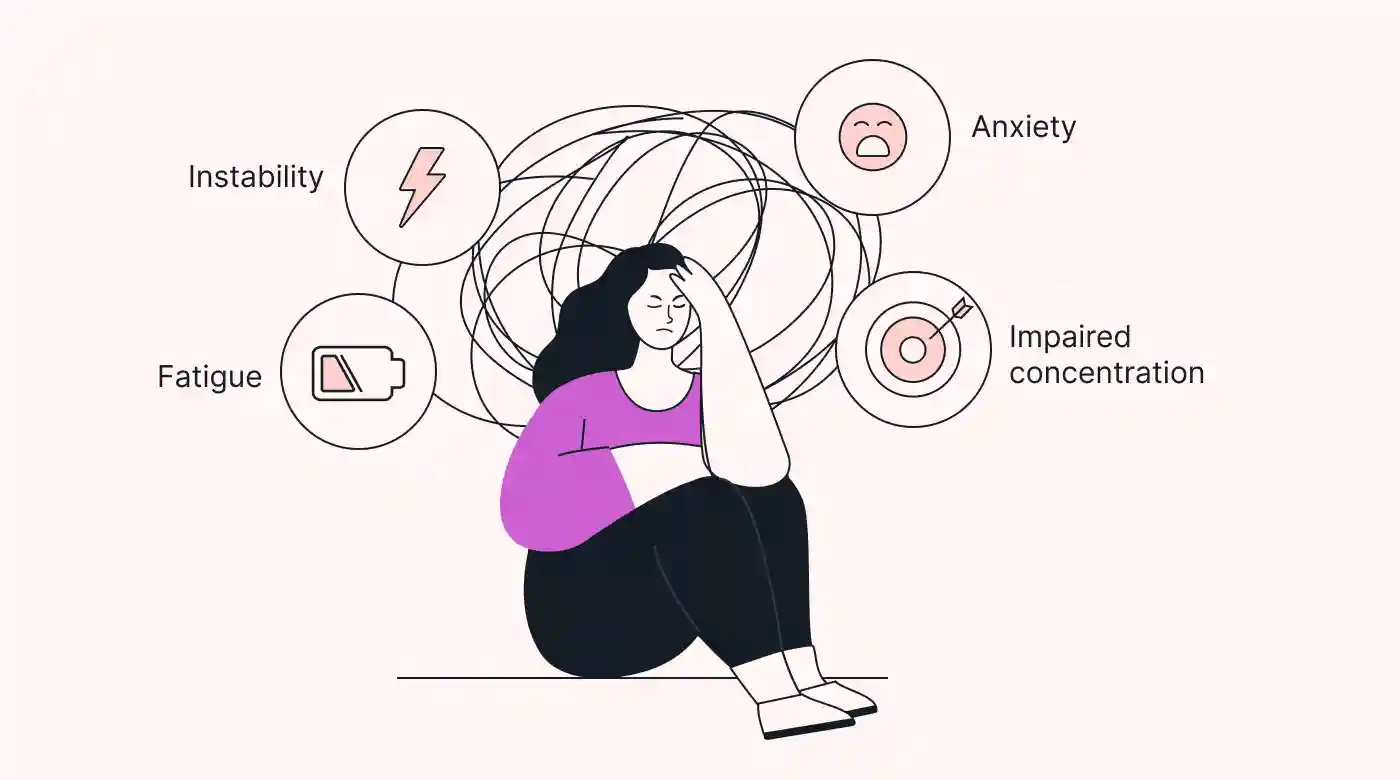 |
In simpler terms, if we begin our day with a burst of dopamine via social media, we will later face a dopamine reduction that makes us feel unsatisfied and tired.
This fluctuating cycle can leave us feeling mentally exhausted and less capable of dealing with day-to-day stressors. When our brains are bombarded with updates, notifications, and news, it’s challenging to focus on immediate tasks and maintain a steady, productive routine.
Stressful work
Jumping into high-stress cognitive tasks first thing in the morning can trigger a dopamine spike. This immediate plunge can increase stress, tension, and urgency, making it harder for us to focus and manage tasks as the day progresses.
7 low-dopamine activities to include in your morning routine
We’ve compiled seven easy-to-implement activities to help you find the perfect low-dopamine routine that keeps you energized throughout the day. Mix and match them in a way that works for you.
1. Meditate and do breathing exercises
Meditation and breathwork can have a profound calming effect on the nervous system, as they help reduce stress, increase focus, and cultivate inner peace.
Incorporating mindfulness into your morning routine can heighten self-awareness and bring a sense of calm to your day. For those new to meditation, a simple way to start is by practicing five minutes of deep breathing each morning.
2. Eat a protein-rich breakfast
The first meal of the day is arguably the most important one.
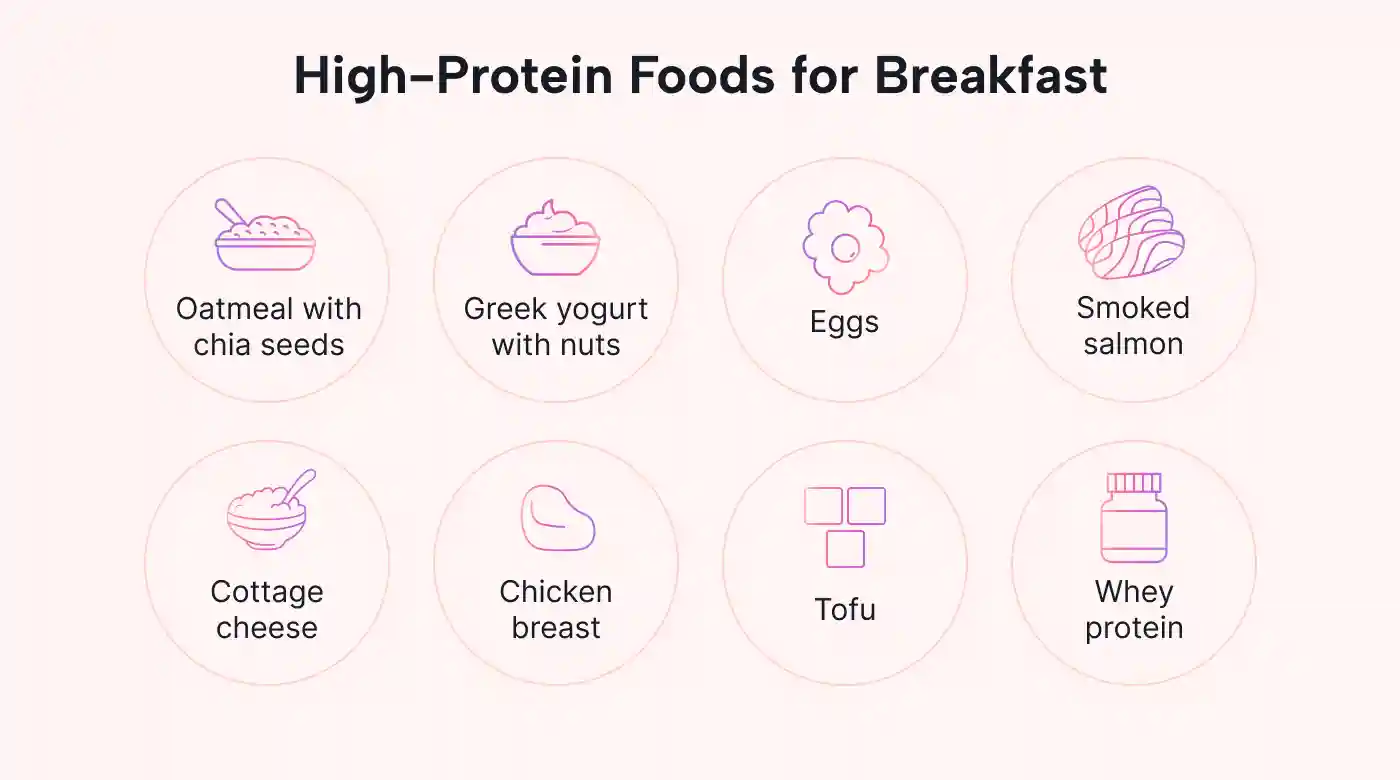 |
Having a protein-rich breakfast provides you with sustained energy without spiking your blood sugar levels. It also promotes better concentration and physical stamina. High-protein breakfast options include eggs, Greek yogurt with nuts, and cottage cheese.
3. Go on a walk in natural light
Instead of doing a high-dopamine exercise, opt to take a walk in nature or just a light stroll down the block.
Gentle exercise in environments with natural light gets your body to move and wake up. This regulates your circadian rhythm and boosts your serotonin level, which tells your brain it’s time to wake up.
4. Practice gratitude
Starting the morning by acknowledging what you’re thankful for sets a positive tone for the day and can improve your mood.
When you focus on gratitude, your attention shifts from what’s lacking to what’s abundant in your life. This practice also helps you focus on your daily goals and aspirations for a grounding experience.
5. Stay away from your phone
Keep your phone in a different room or a place where it’s not immediately accessible to you.
Avoiding digital stimulation first thing in the morning helps you maintain low dopamine levels, reducing anxiety and distractions.
If you need an alarm to wake up, consider using a traditional alarm clock or setting your phone to “sleep” mode so that you can’t access any apps.
6. Pick up a small chore
Completing a small, manageable chore in the morning, like making your bed or tidying up a room, gives you a sense of accomplishment and order. This seemingly minor act can positively impact your mood and productivity for the rest of the day, creating a domino effect of positivity and efficiency.
7. Establish evening practices that complement your morning routine
Develop an evening routine that supports your low-dopamine morning routine. It might include activities like light reading, making plans for the next day, or gentle stretching.
A calming evening routine helps you wind down so that you can start the next morning refreshed.
5 tips for extending low-dopamine energy and feeling calmer and more focused all day long
Now that you have a low-dopamine routine set, how do you continue this energy throughout the day?
1. Balance work and breaks
Productivity is important, but so is taking breaks.
Balancing work and breaks is essential for maintaining productivity without overloading your dopamine levels. By structuring your day with focused work periods followed by short breaks, you can avoid prolonged stress and overstimulation.
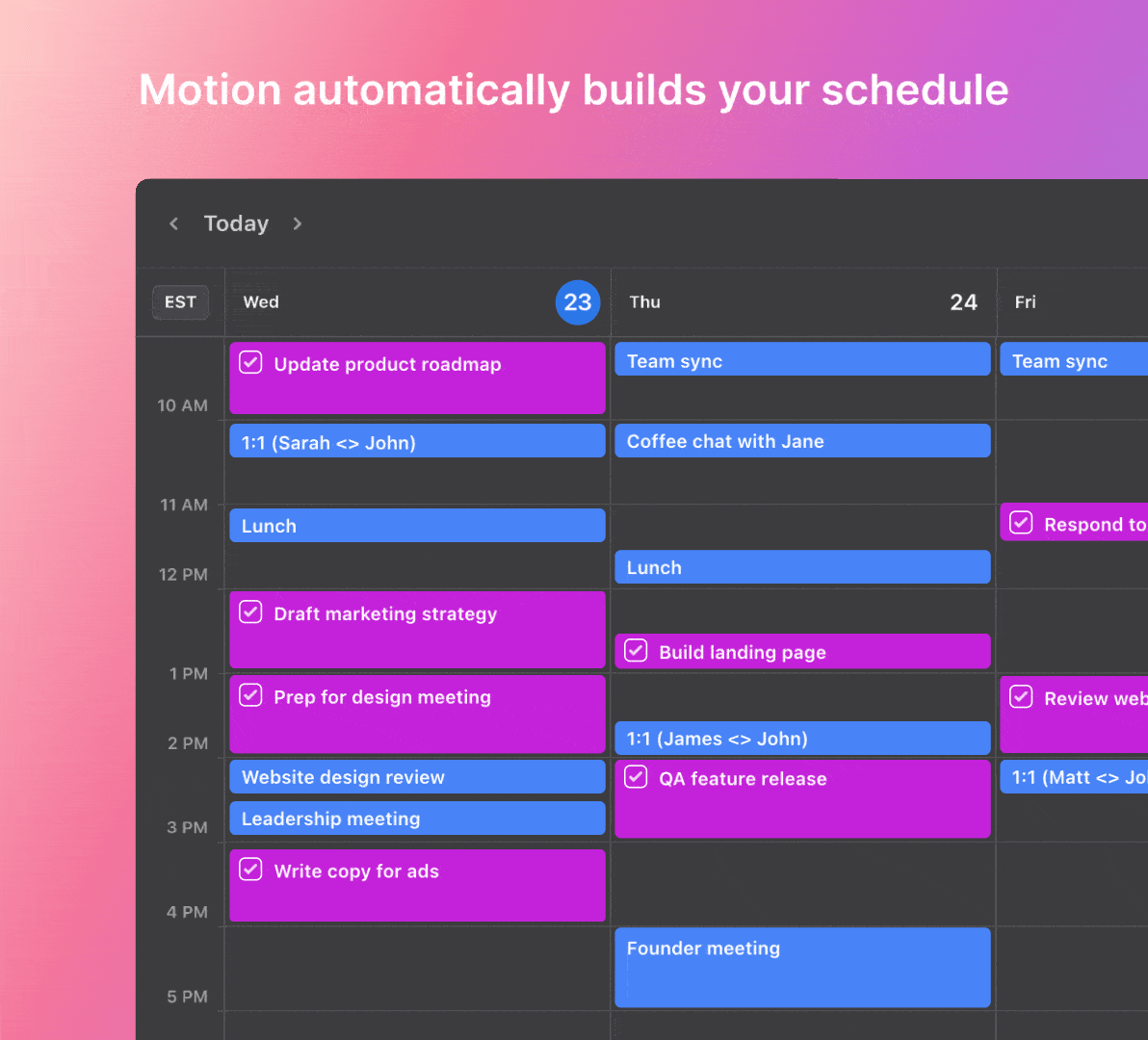 |
Motion’s AI task manager automatically structures and manages your work schedule for you. You can set your work hours and include recurring time blocks for breaks.
2. Plan and prioritize the day’s tasks
A good workday begins with a clear plan. And a clear plan helps prevent the dopamine spikes associated with last-minute rushes and choice paralysis.
So, start your day by organizing and prioritizing your tasks. This will not only set a calm and controlled pace, but it will also help you manage your workload and prioritize your important tasks.
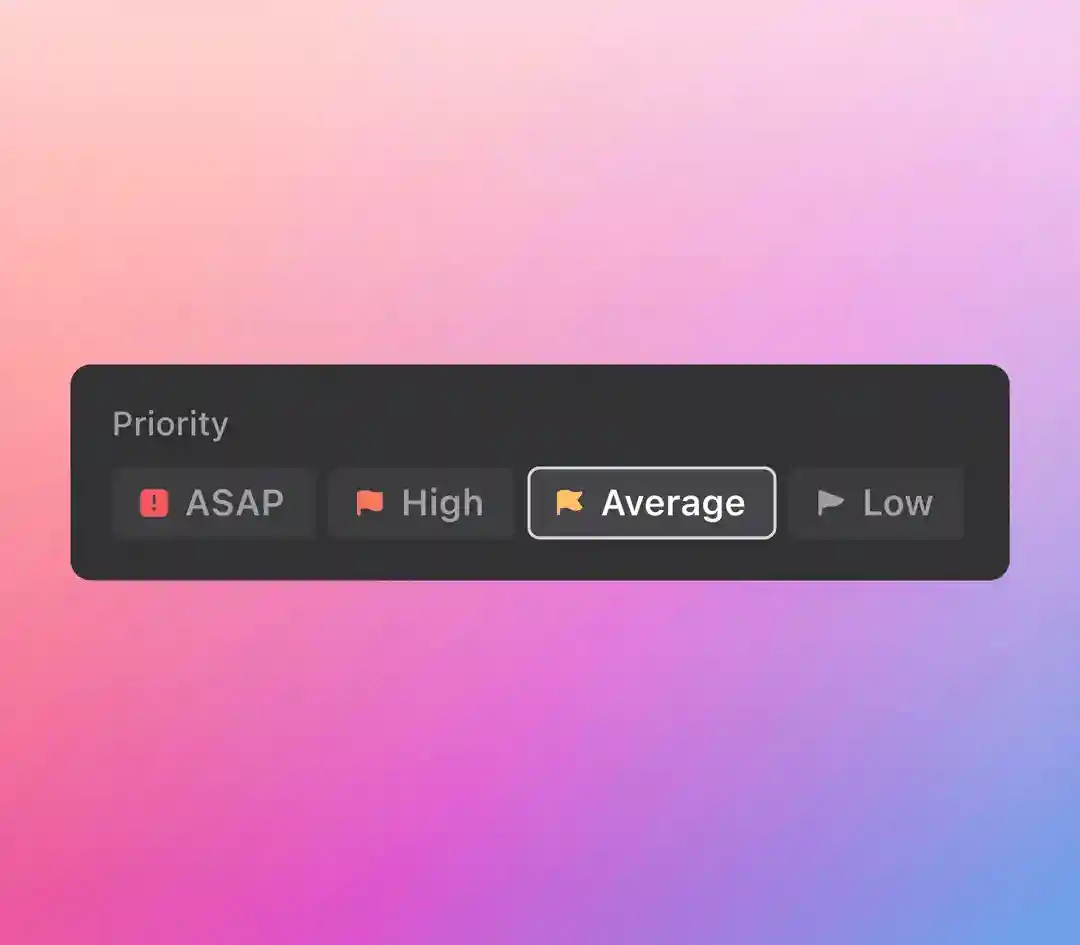 |
Motion’s AI algorithms automatically prioritize tasks based on importance and deadlines. This means you’re always working on what’s most critical — but without the added stress of manual planning and organization.
3. Complete a low-stress task first
Instead of tackling a giant project first, start with an easy, low-stress task. This will help you maintain steady dopamine levels. It will also boost your confidence and provide a sense of accomplishment, as you’ll have created the momentum you need to tackle your more demanding tasks later.
Know exactly what to do next with Motion’s to-do list. Work your way from low-stress tasks to high-stress ones at a steady pace as your day progresses.
4. Reflect and adjust at midday
Take a few minutes around midday to reflect on your morning and adjust your plans for the afternoon, if necessary. This pause allows you to assess your progress and identify what’s working and what’s not.
For example, if a certain task takes longer than expected, you can rearrange your schedule to accommodate this change.
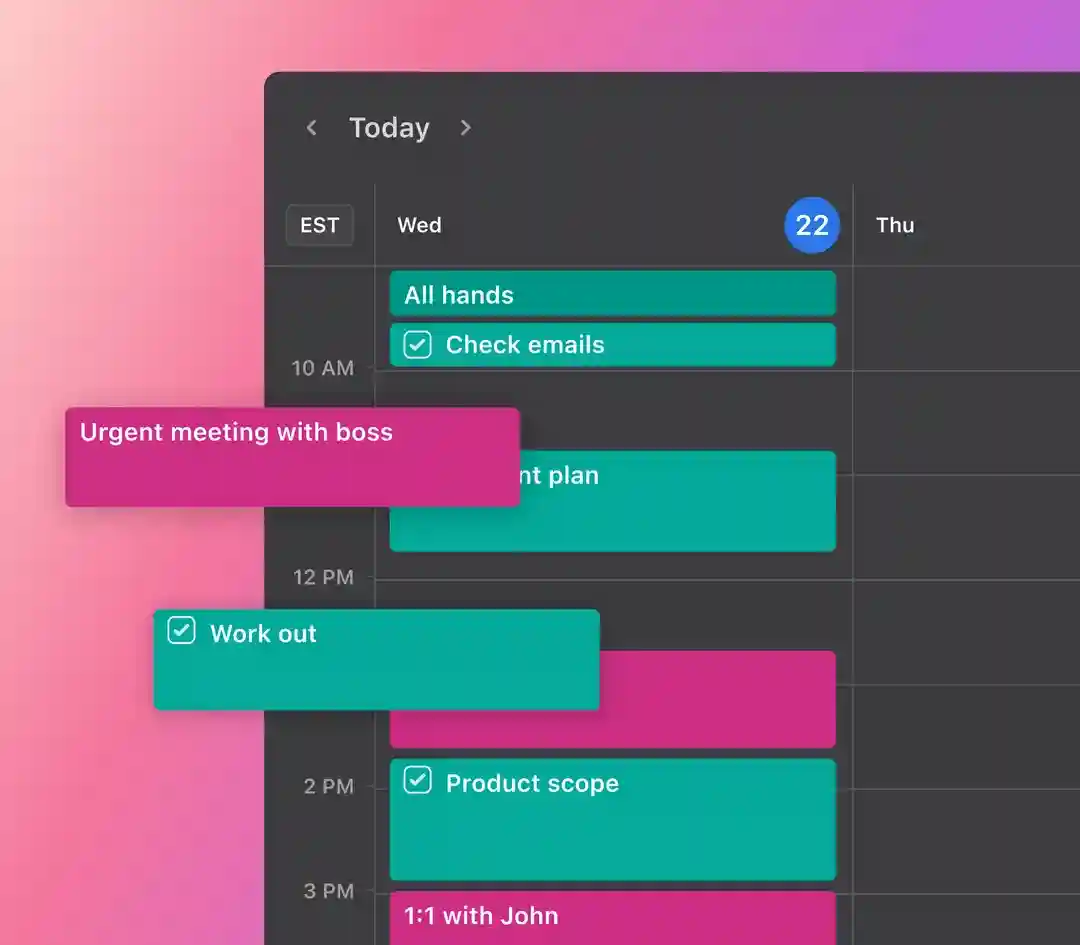 |
Motion automatically rearranges your schedule for you, taking into account deadlines and unexpected interruptions. You’ll never need to stress about reshuffling your tasks manually.
5. Control meeting schedules
Meetings can be a big source of stress for employees. To avoid disrupting your low-dopamine routine, manage your meeting times efficiently. A good tip is to consolidate multiple meetings into one block to create longer periods of uninterrupted work.
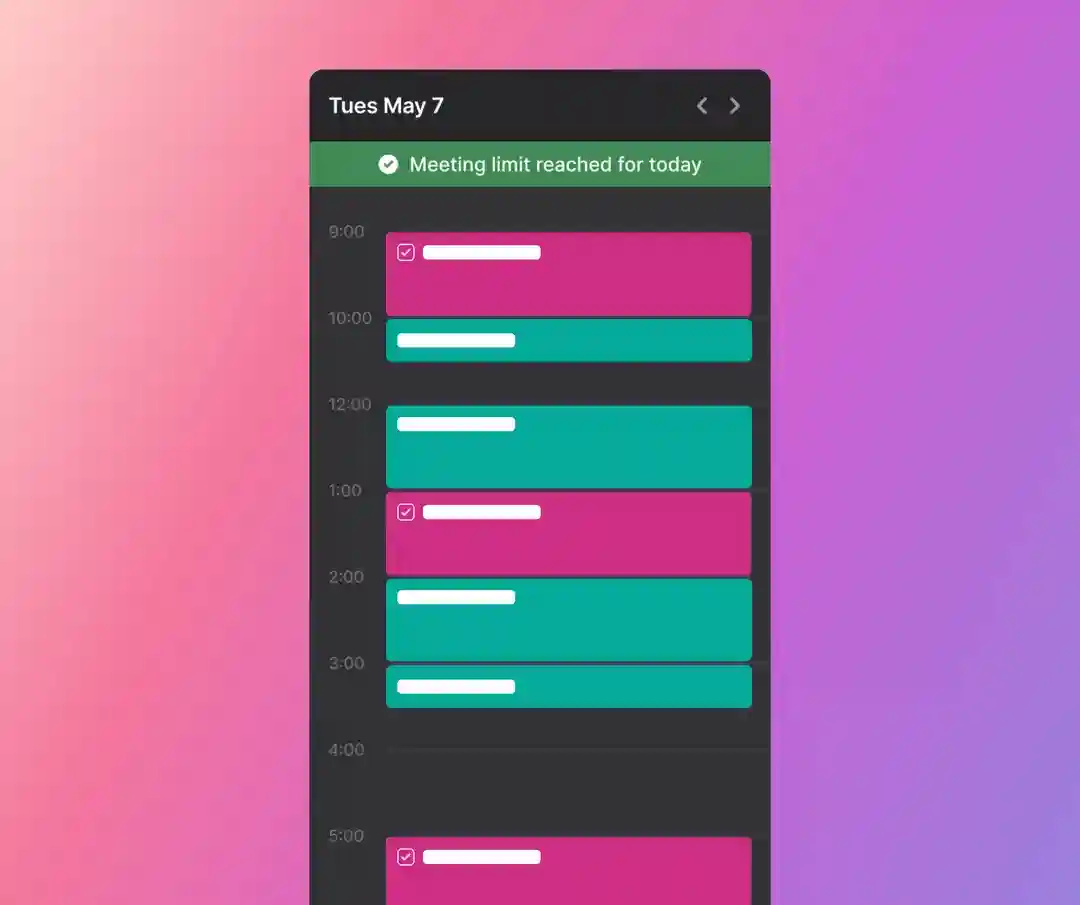 |
Motion’s scheduler ensures meetings don’t take over your day, especially during your most productive hours. You can set a daily time limit on meetings.
Give your morning a boost with Motion
Keep the momentum of your low-dopamine morning going with Motion. Give us a try today.

Vicki Chen is a content writer and marketer using proven storytelling methods to create high-quality copy and content for SaaS companies. When she's not writing, she's spending time with Taco, her rescue dog.




